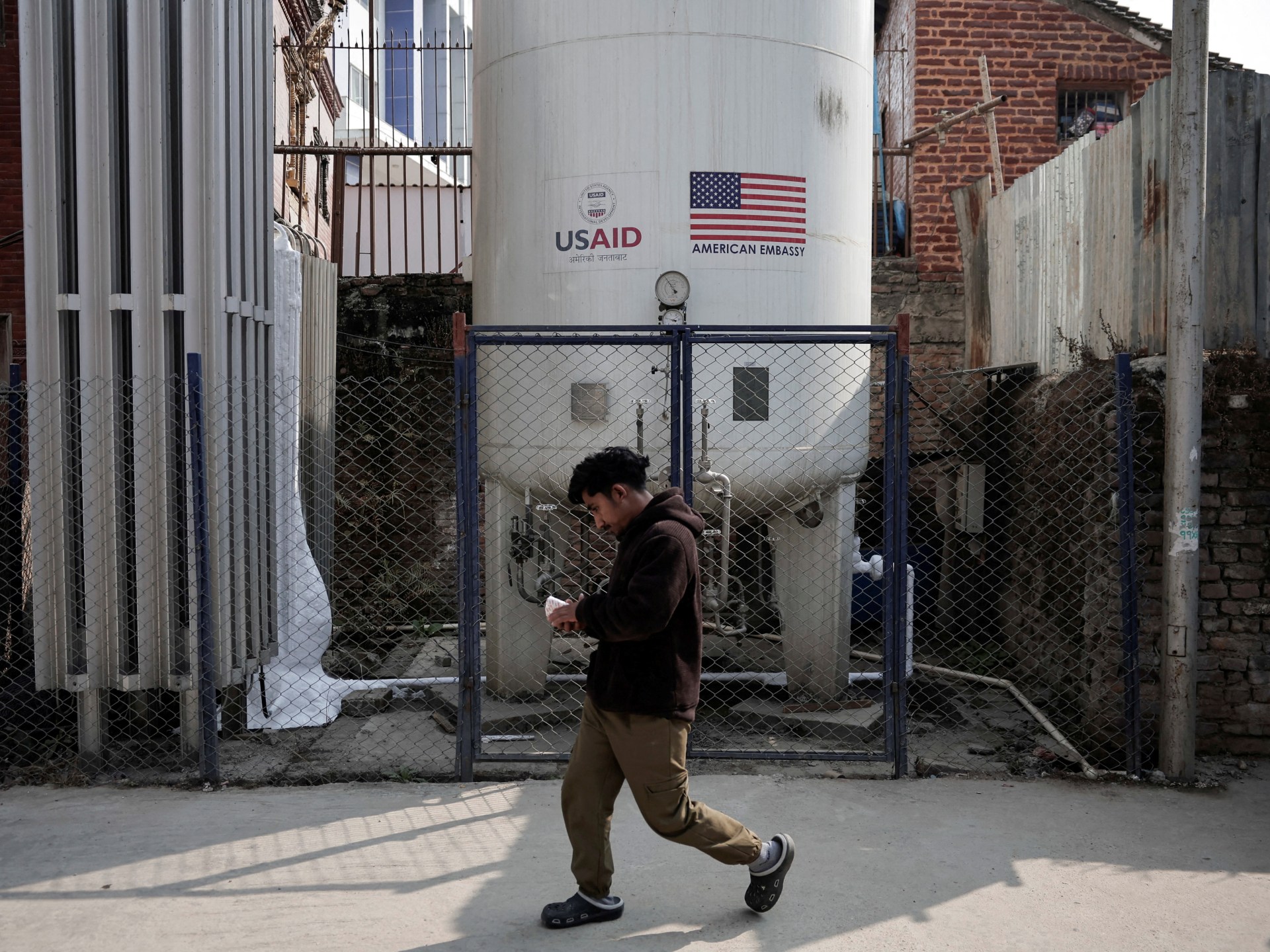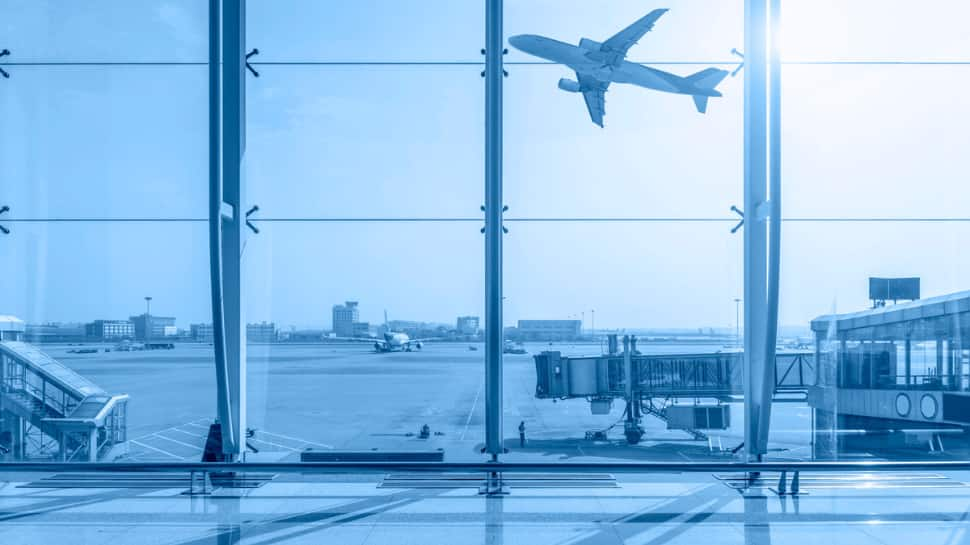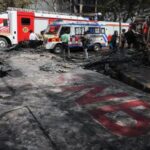AMID Increasing Institutes of Weather-Related Flight Incidents during the Monsoon Season, The Directorate General of Civil Aviation (DGCA) has been done Safety.
The updated circular, Issued on June 12, Follows a Recent Incident Involving IndiGo flight 6e 2142 from delhi to srinagar. The aircraft sufered nose can damage due to Severe Weather, but landed safeli with 227 passengers on board.
The revised guidelines warn of monsoon-Related Hazards Such as Heavy Rainfall, Turbulence, WindShear, Lightning, Hailstorms, and En Route iCing. Pilots have been directed to plan weather avoidance early and maintain a minimum distance of 20 Nautical Miles Upwind of Convective Weather Systems.
Flying below such clouds is strongly discouraged due to the risk of windshear, hail, microbursts, and lightning strikes.
The new guidelines focus on the threat of ice crystal icing (ICI), a phenomenon caused by high concentrations of small ice crystals accumulating inside aircraft engracraft engracraf Storm systems.
A Difential-to-Detect Phenomenon Cured by High-Altitude Ice Particles that can accumulate inside incede aircraft engines. ICI may lead to engine vibration, power loss, or even damage to air data probes. The DGCA Advises Lateral Deviation as the Preferred Method of Avoidance.
Emphasis has also been placed on flight crews’ Experience. While Standard Cockpit Requirements Continue to Apply, The Dgca has Advised AIRLINES to Deploy More Experienced Personnel during adverse weather conditions and to Conduct Thorouct Thoroux Fetigue rain. Additionally, flight duty time limits (FDTL) Extensions are not permitted during the monsoon season.
To enhance situationsal awareness, the dgca has been asked airlines to incorporate Scenario-Based Training Programs Requiring Pilots to Assess Real-Time Weather Risks and decide on en Route Division on Division on Divorsion to the point of origin. Pilots are encouraged to actively use threat and error management
DURING Approach and Landing, The Circular Warns of Visual illusions caused by weather conditions. Rain at night can exaggerate the brightness of approach lights, making the runway appear closer than it is, which may lead to Premature Descent and Landing Short of the Threshold. Convercely, Wet Runways Reflect Less Light, Making the AirCraft see farther from the runway than it is. This can cause late Flaring and hard landings.
Pilots have been reminded to remain alert to such illusions and make timely, informed decisions to mainTain Flight Safety.
The dgca also reinforced the important of pilots to reporting real-time weather reports. Pireps (Pilot Reports) Help Bridge Gaps Between Forecast and Actual Conditions By Providing Firesnd Data on Visibility, Turbulence, Storms, Storms, and ICT These reports Assist Other Pilots, Air Traffic Controllers, and Flight Dispatch Teams in Making Safer, More Accurated Decisions.
Pilots encountering significant turbulence must not see with details of position and severity and request altitude or lateral changes as needed.
Reafffirming The Growing Threat from Climate-Driven Weather Weather Volativity, The DGCA Urged Operators to Prioritise Safety Over Schedule, Act Processively in Unsurity, and ENSURE COMMUNICATION Across all flight stages.








